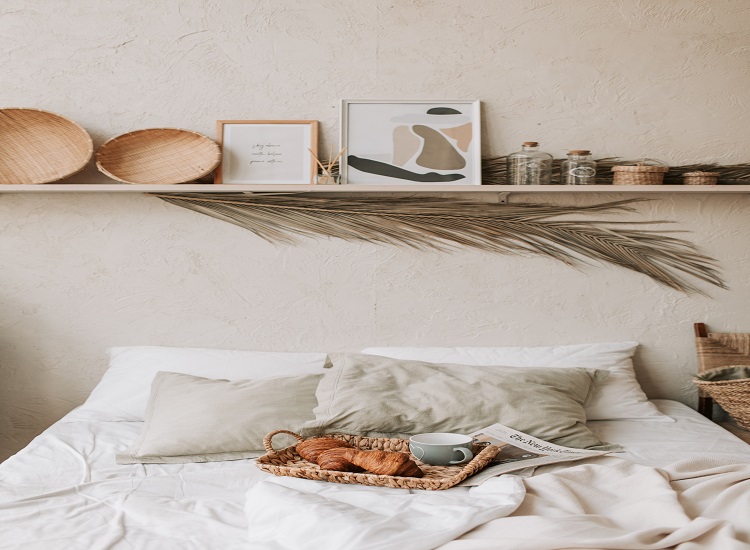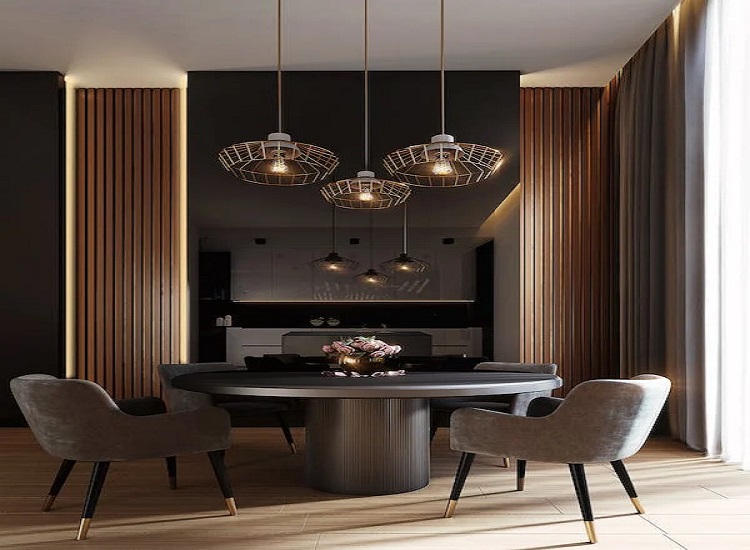The working method of an interior designer differs depending on the nature of the assignment and the personal preference of the interior designer himself. The phases below or a variation on this form a common way of working when designing an interior design.
Step 1: acquaintance
acquaintance interior designerIf you want to realize an interior project, then as a client, you first have an introductory meeting with one or more interior architects. During this meeting, you can discuss your requirements, expectations, budget, and wishes and view the possibilities. Finally, the interior architect will map out the existing situation. After this meeting, the interior architect can make a cost estimate for the work. If the interior architect meets your requirements and there is a click, you can proceed to the next design phase.
Step 2 of interior architect design phases: preliminary design
The interior architect will analyze and investigate the wishes for your interior project. He will then sketch or design preliminary designs in 3D. The sketches or 3D images will first of all deal with the layout and design. As the preliminary design progresses, the interior designer will also focus on colors, materials, and specific wishes.
It is customary for the interior architect to contractually stipulate that a maximum of 3 preliminary designs or adjustments are possible during the preliminary design phase. Once an agreement has been reached, we move on to the final design phase.
Step 3: final design by interior designer
As the third step in the design phases of an interior architect, the modified preliminary design from the previous phase is developed into a final design. This design is provided with plans, 3D representations, descriptions, and material samples to making everything transparent for the suppliers to make quotations for the implementation of the plan.
Step 4 of interior architect design phases: quotation
In this design phase, all quotes for the execution of the interior design are requested from various contractors and suppliers. The interior architect will advise on the choice of suppliers and executive contractors. These offers are not binding and can be higher in the event of unforeseen costs. Although the interior architect can provide a margin for this, it is difficult to predict when there will be an additional cost. Some costs only become clear once the renovation work has started.
When the execution is completed, your interior project is ready for delivery. Before this takes place, the interior architect will check the delivered work together with the contractor. If defects are found, they must first be resolved. Once these possible problems are over, the official delivery is a fact. Thanks to intensive cooperation, ideas, and the expertise of the interior architect, you can now enjoy a practical home with a unique interior design.




